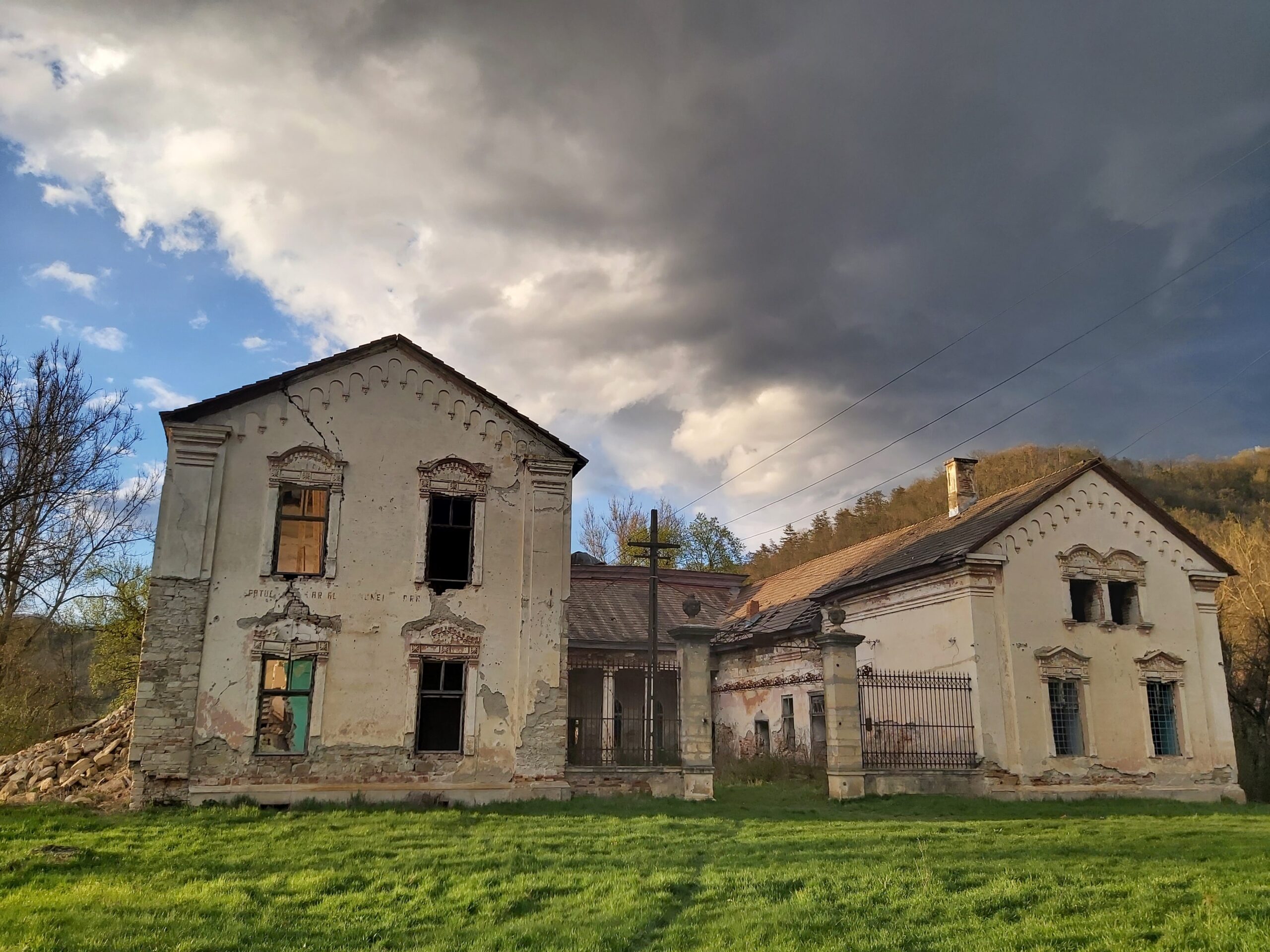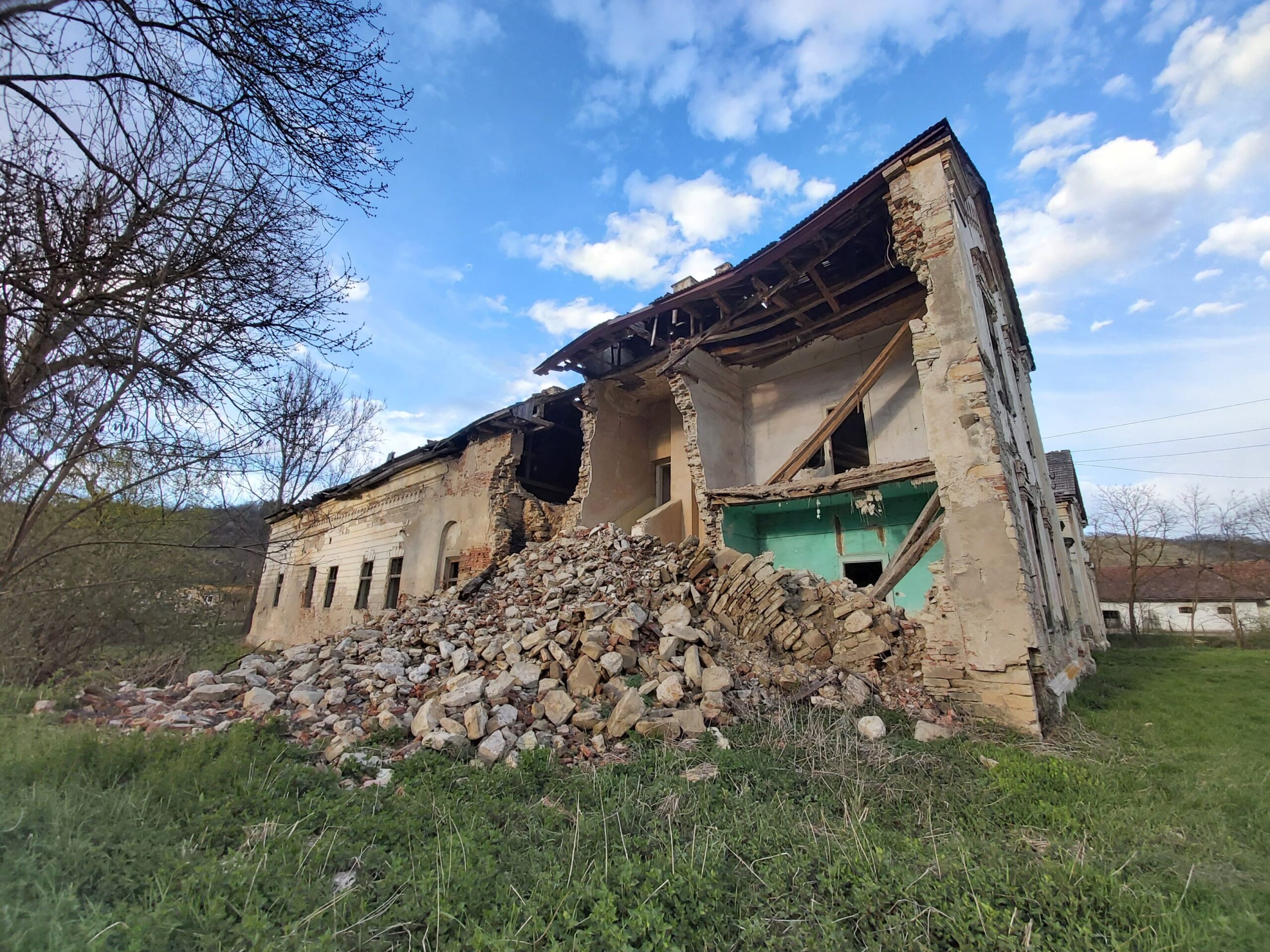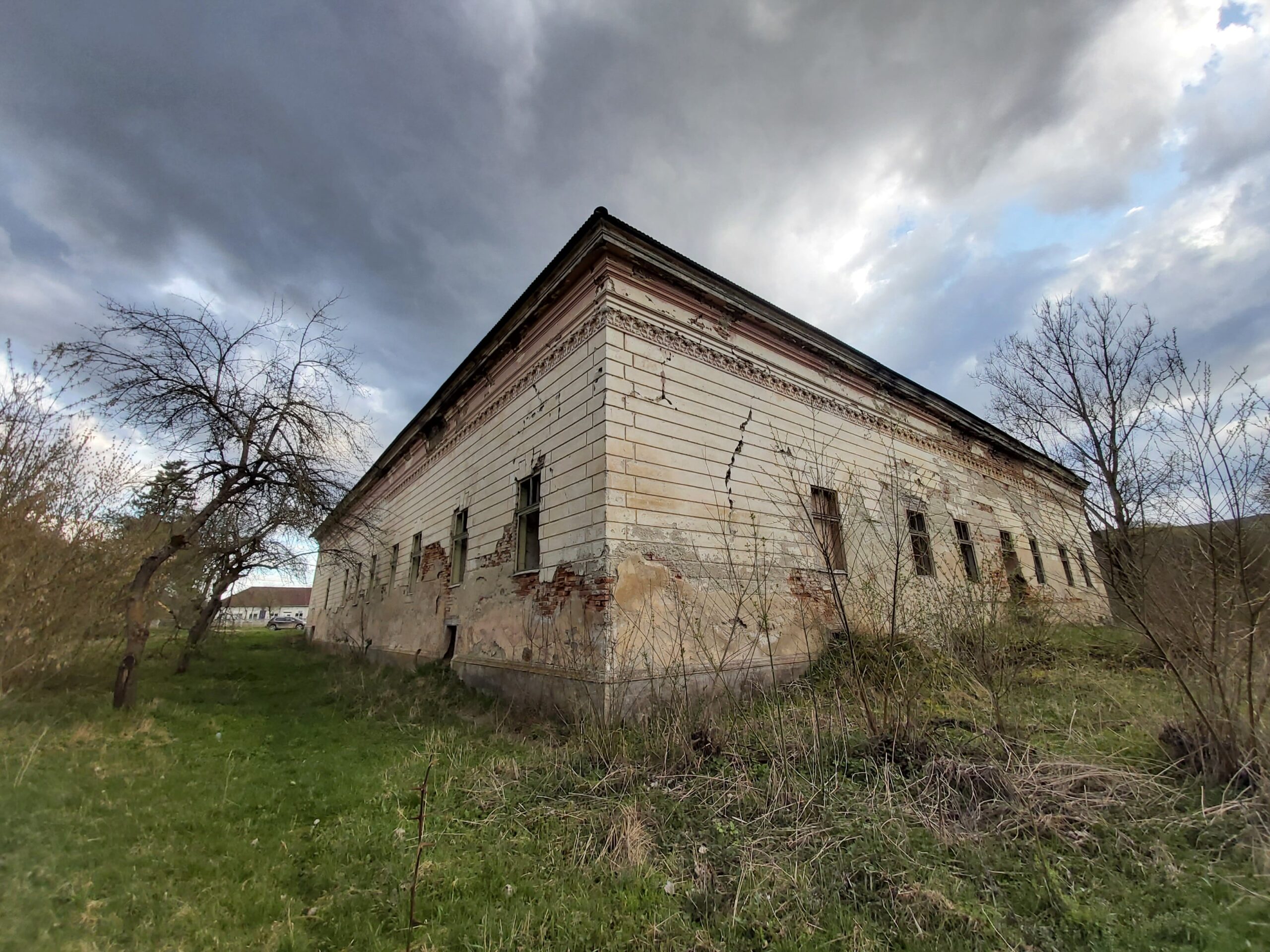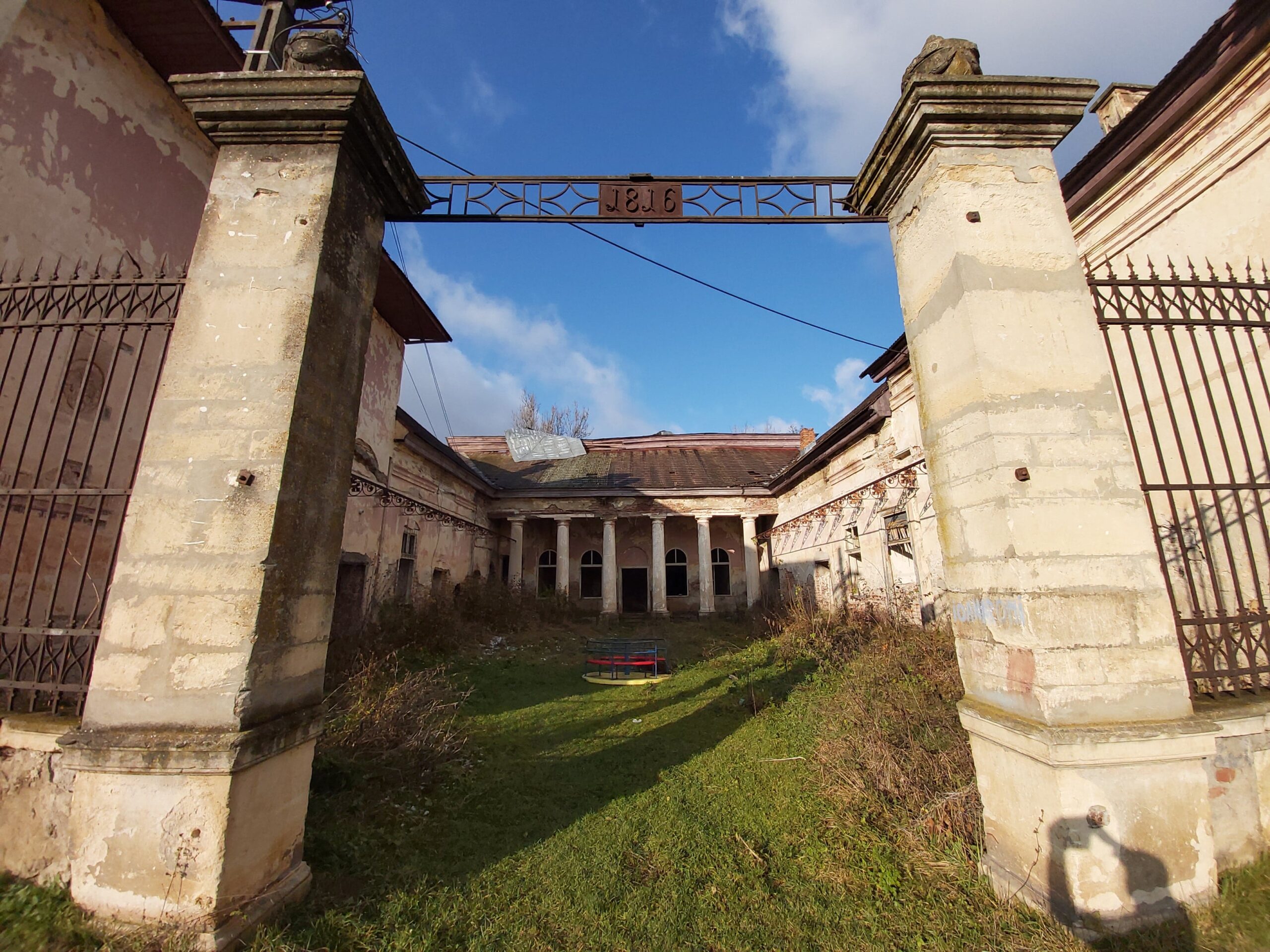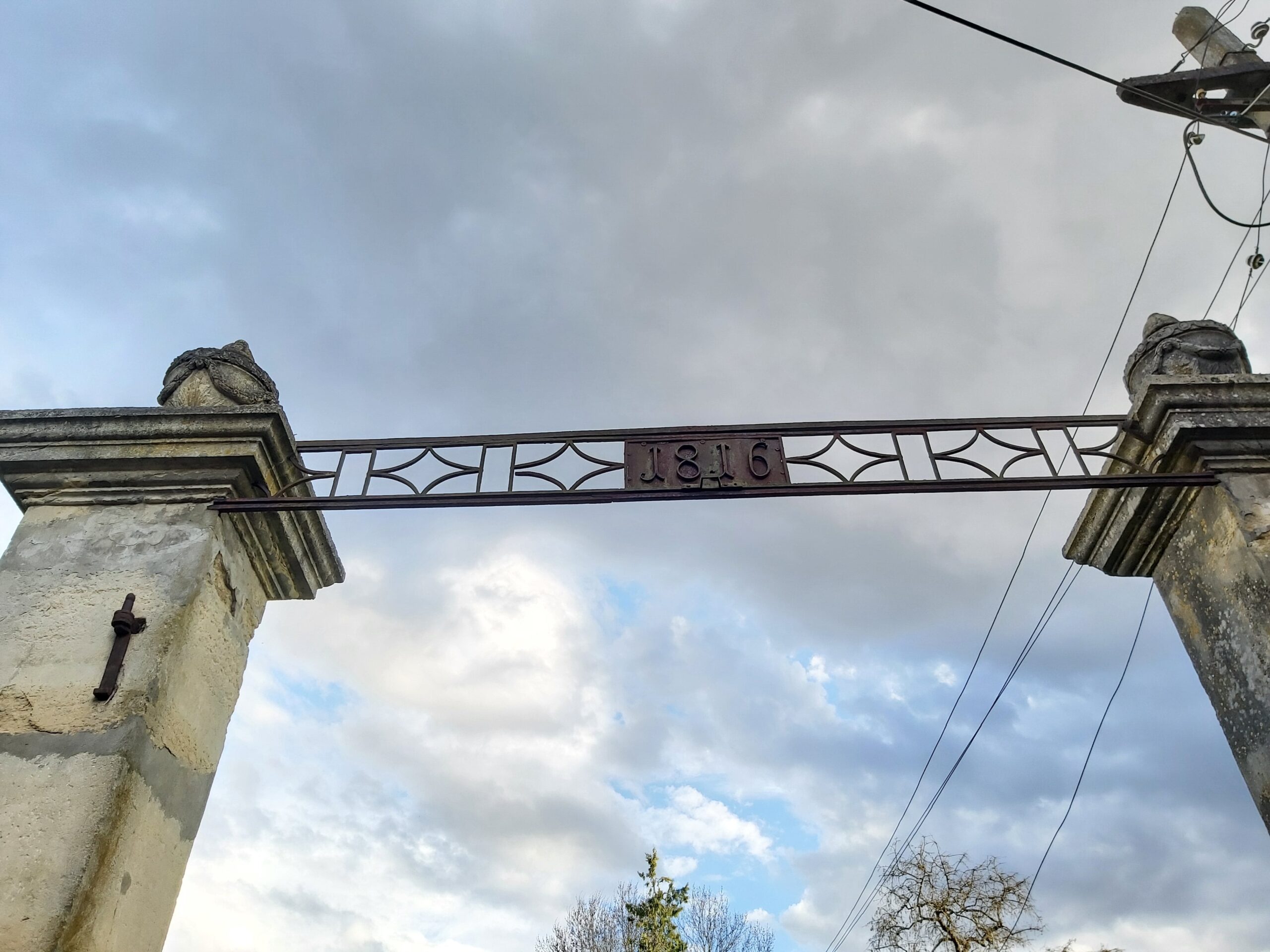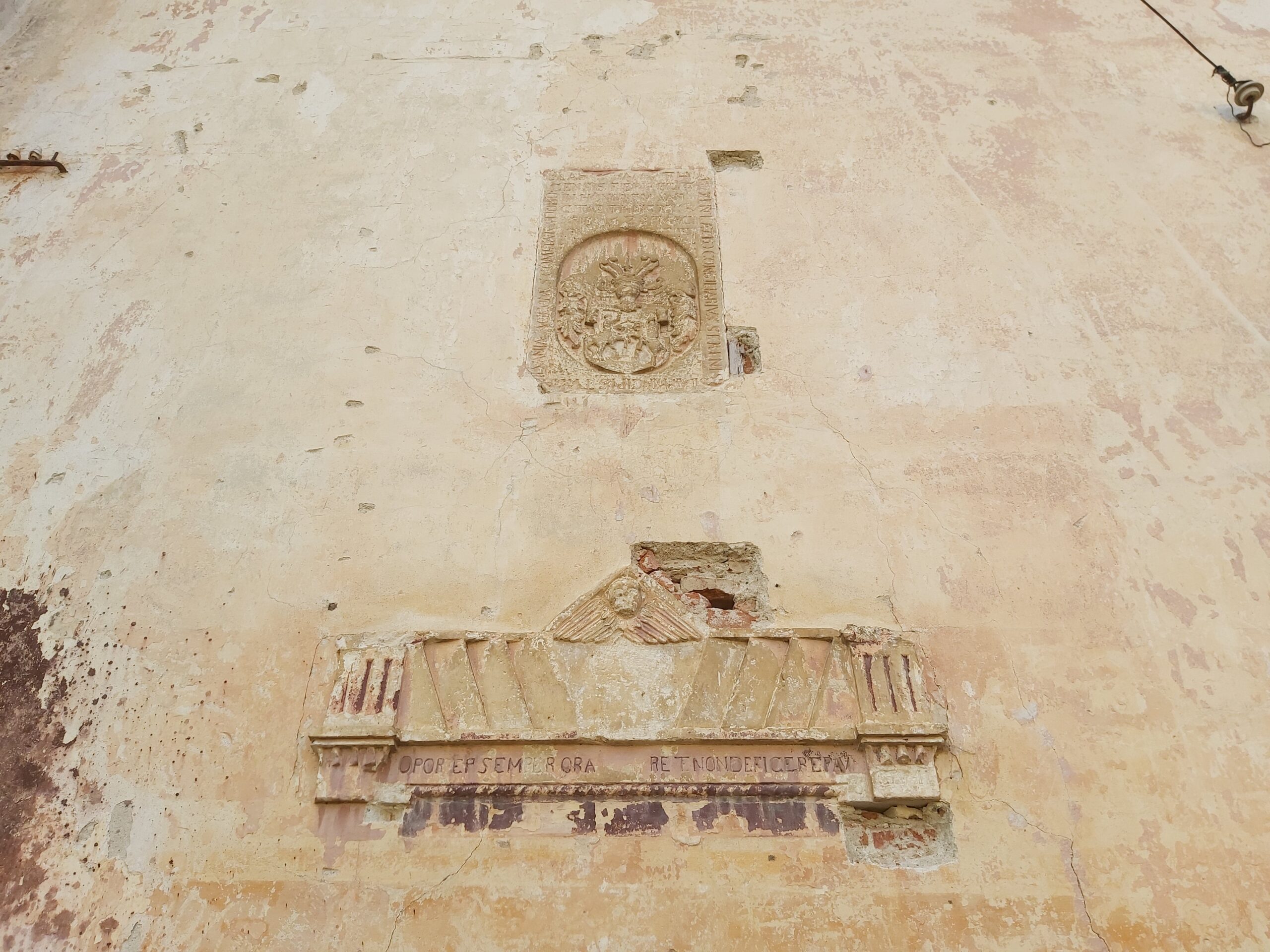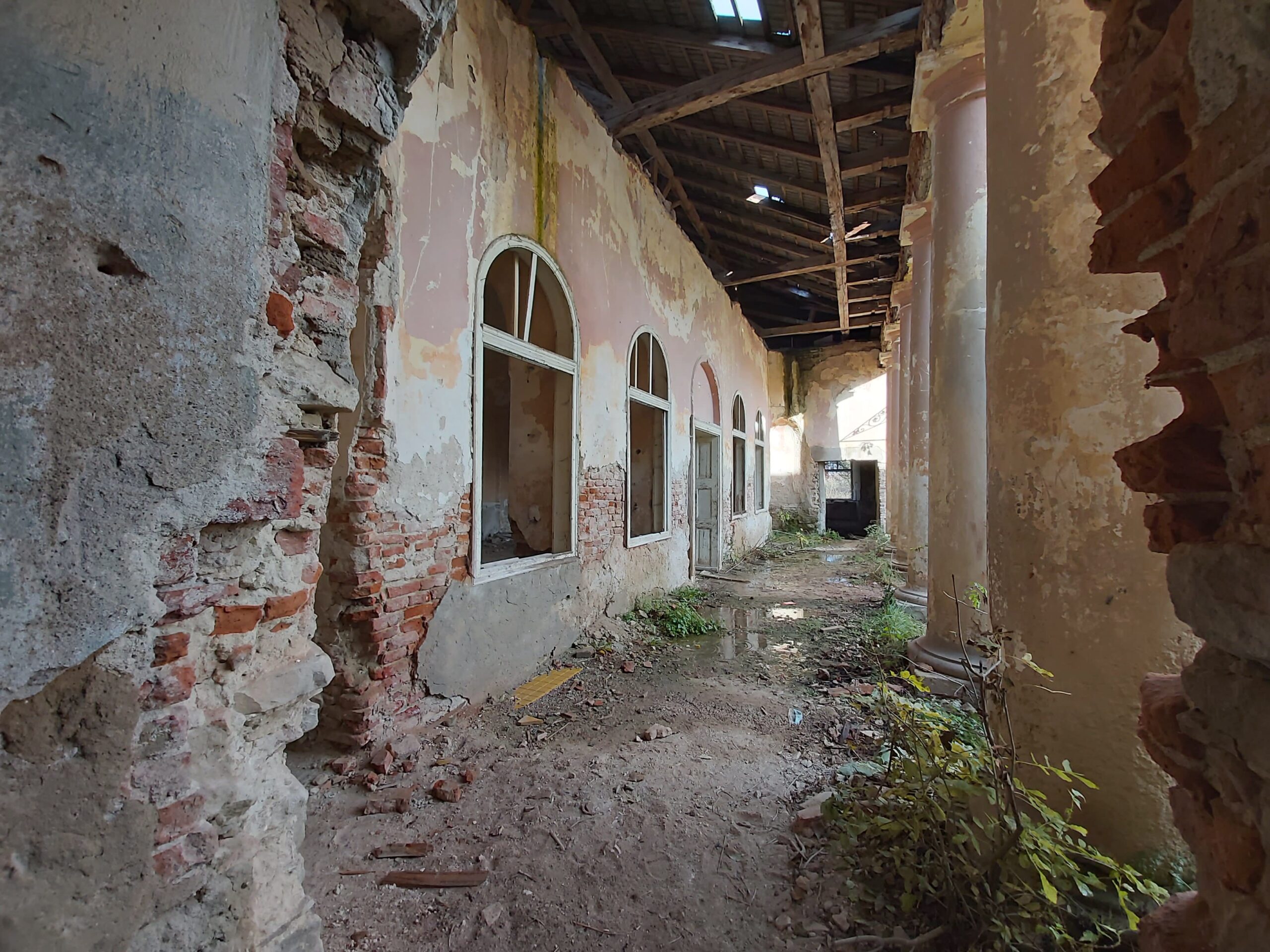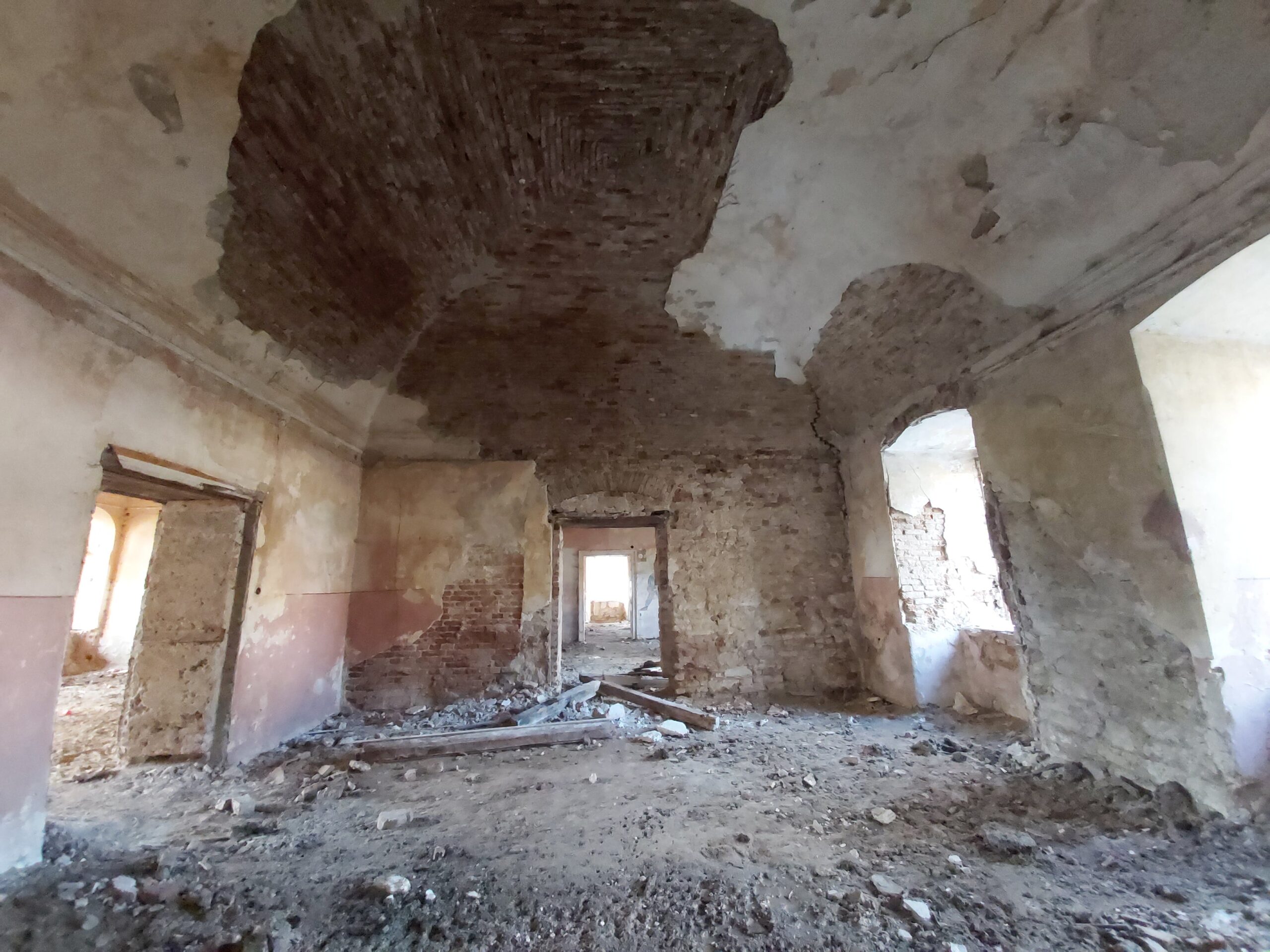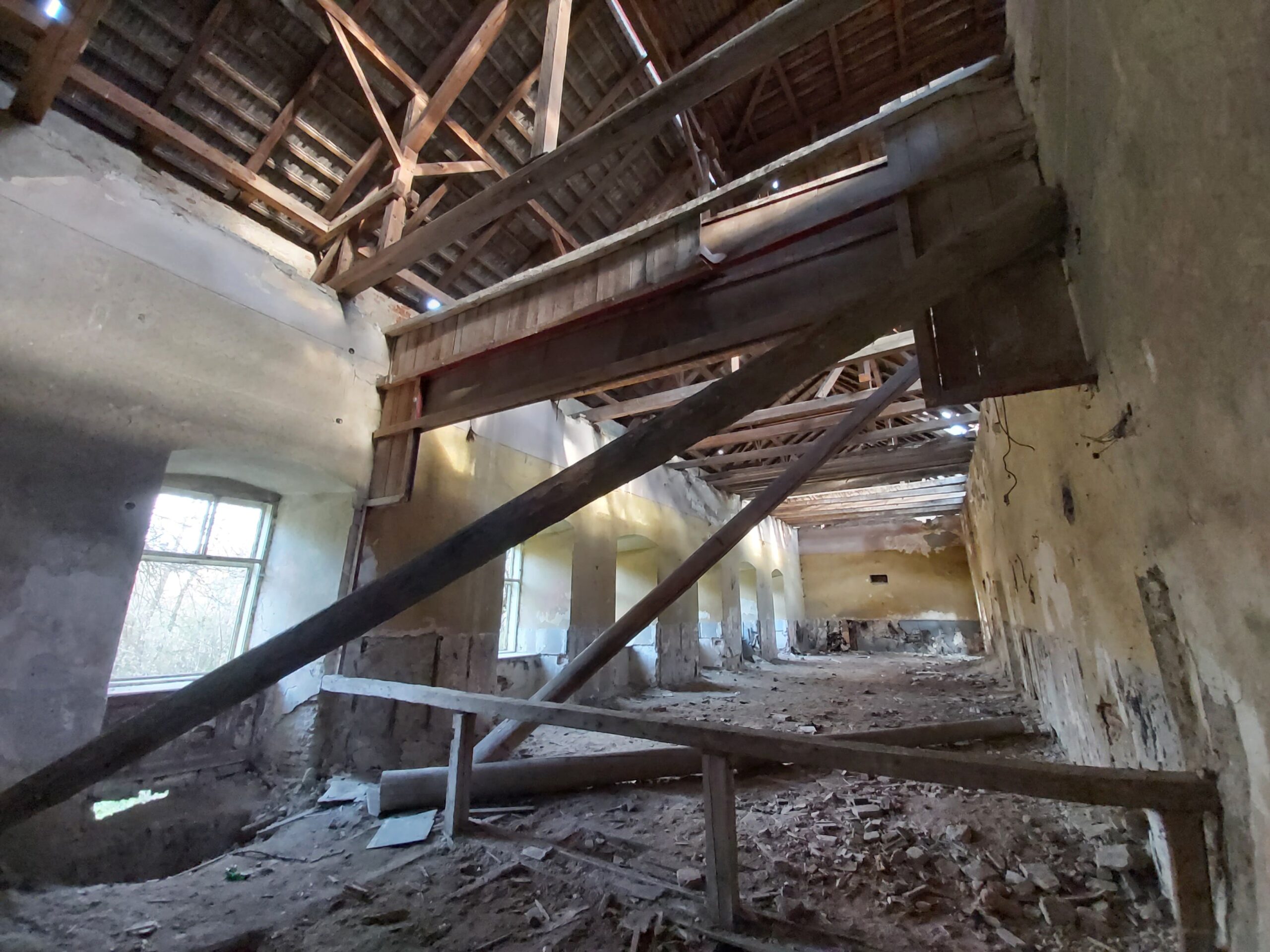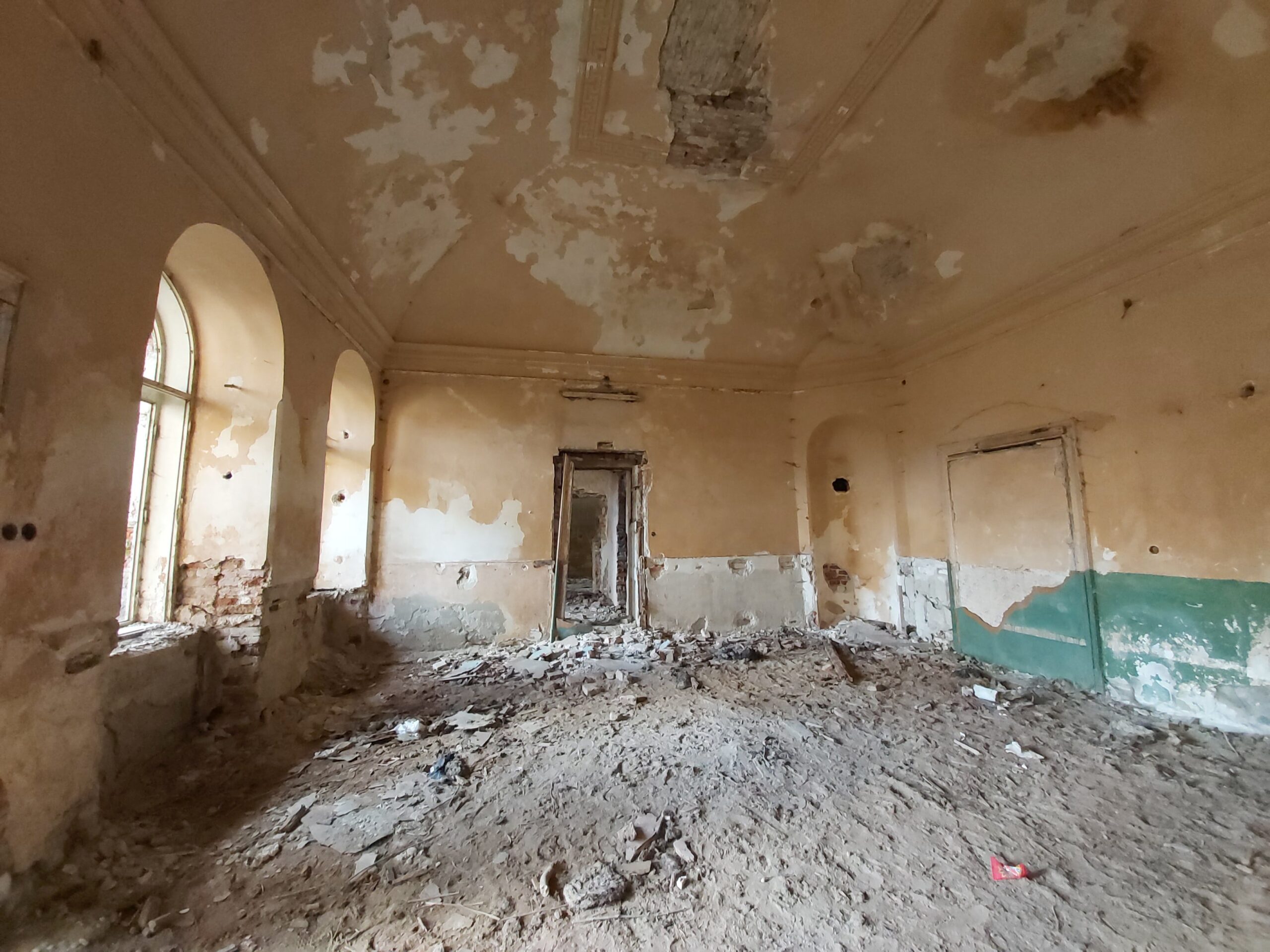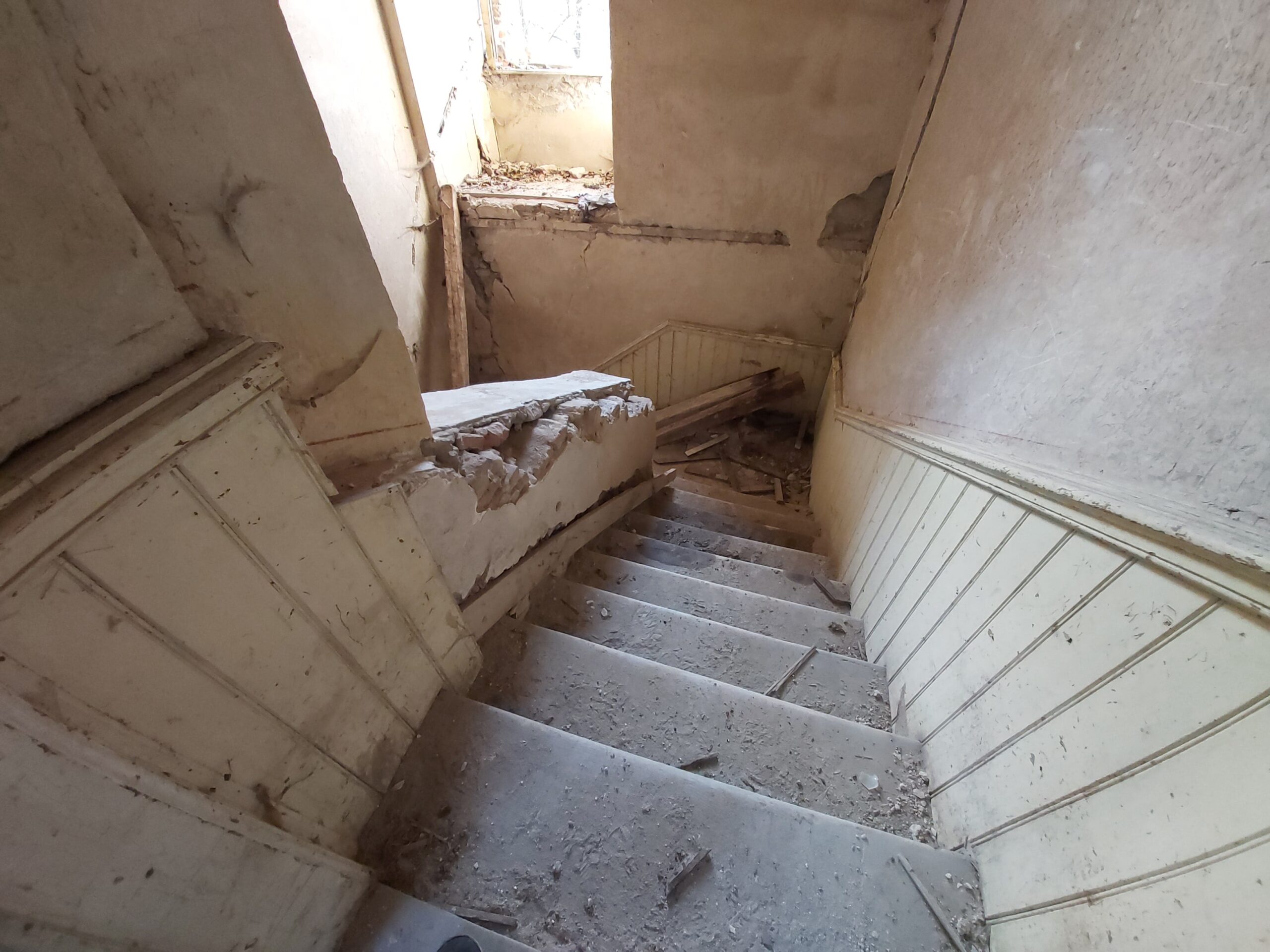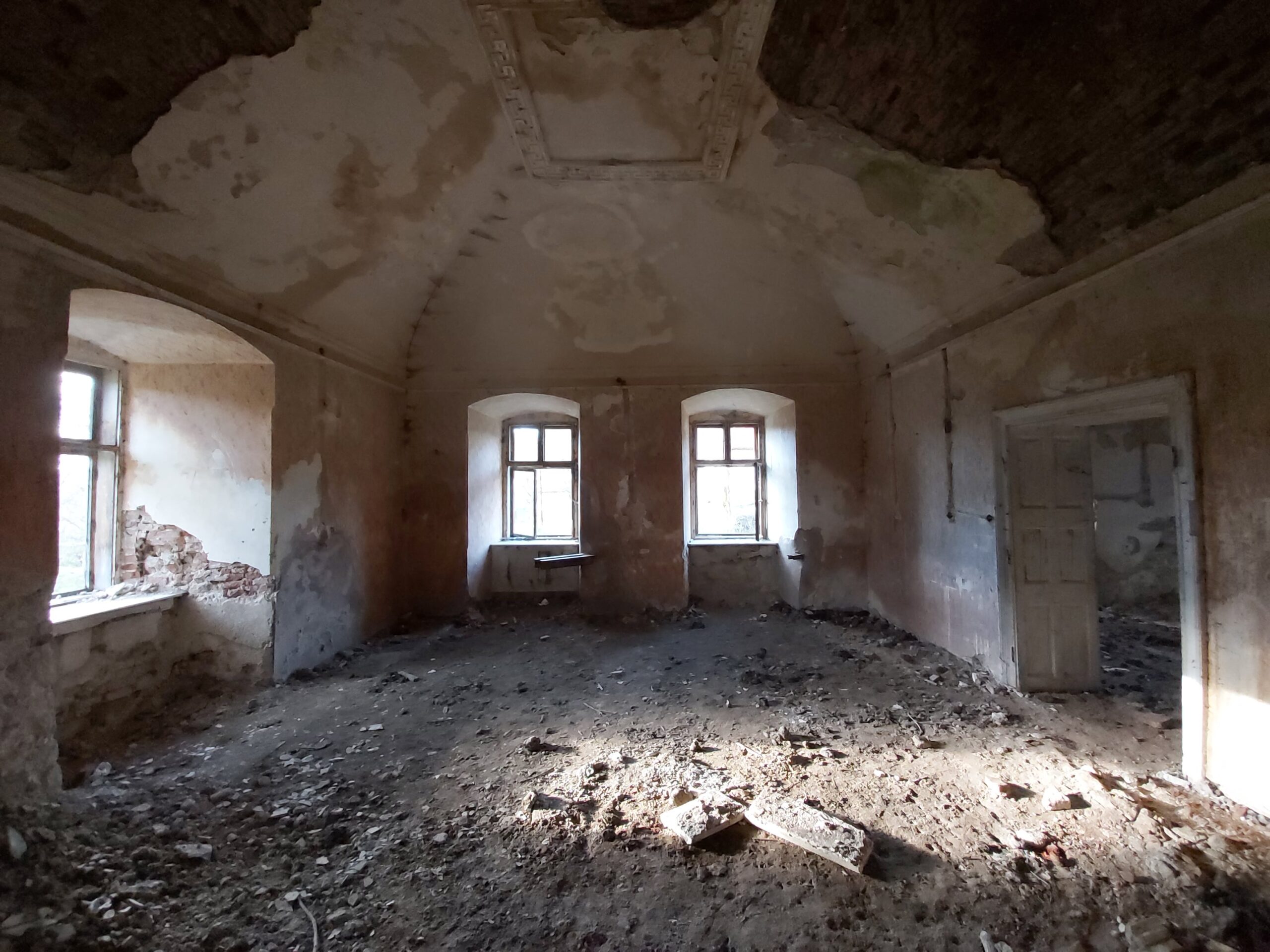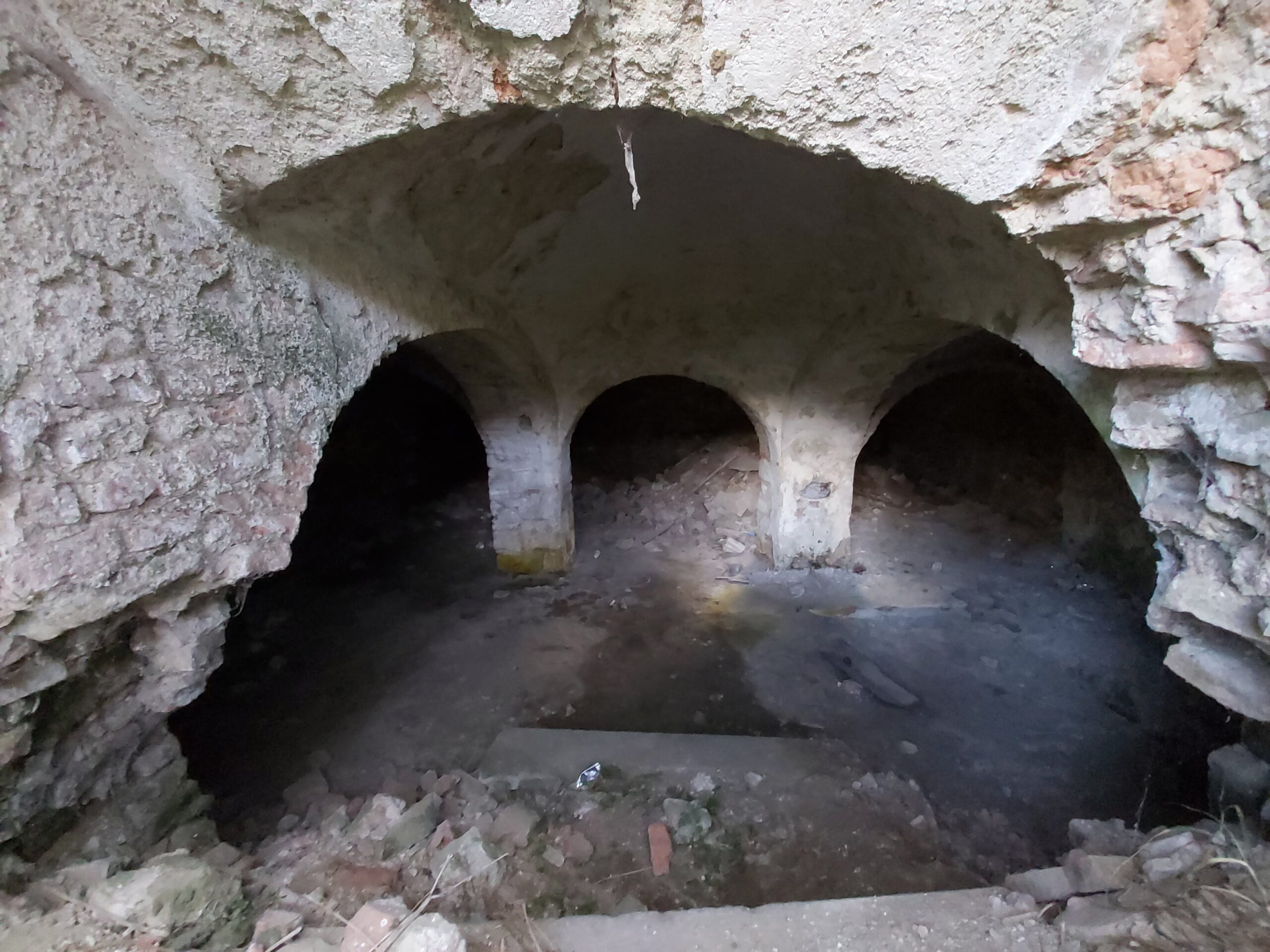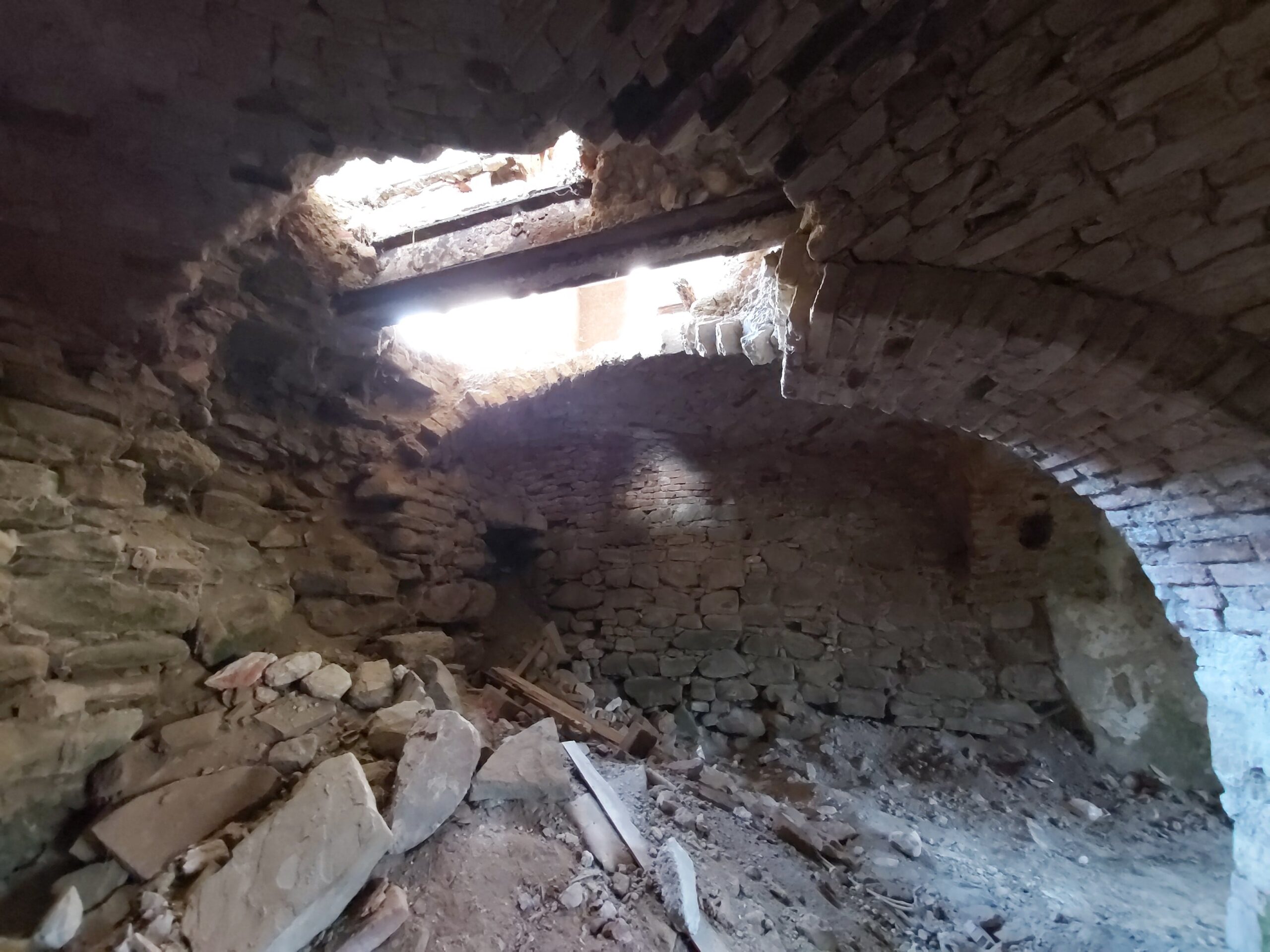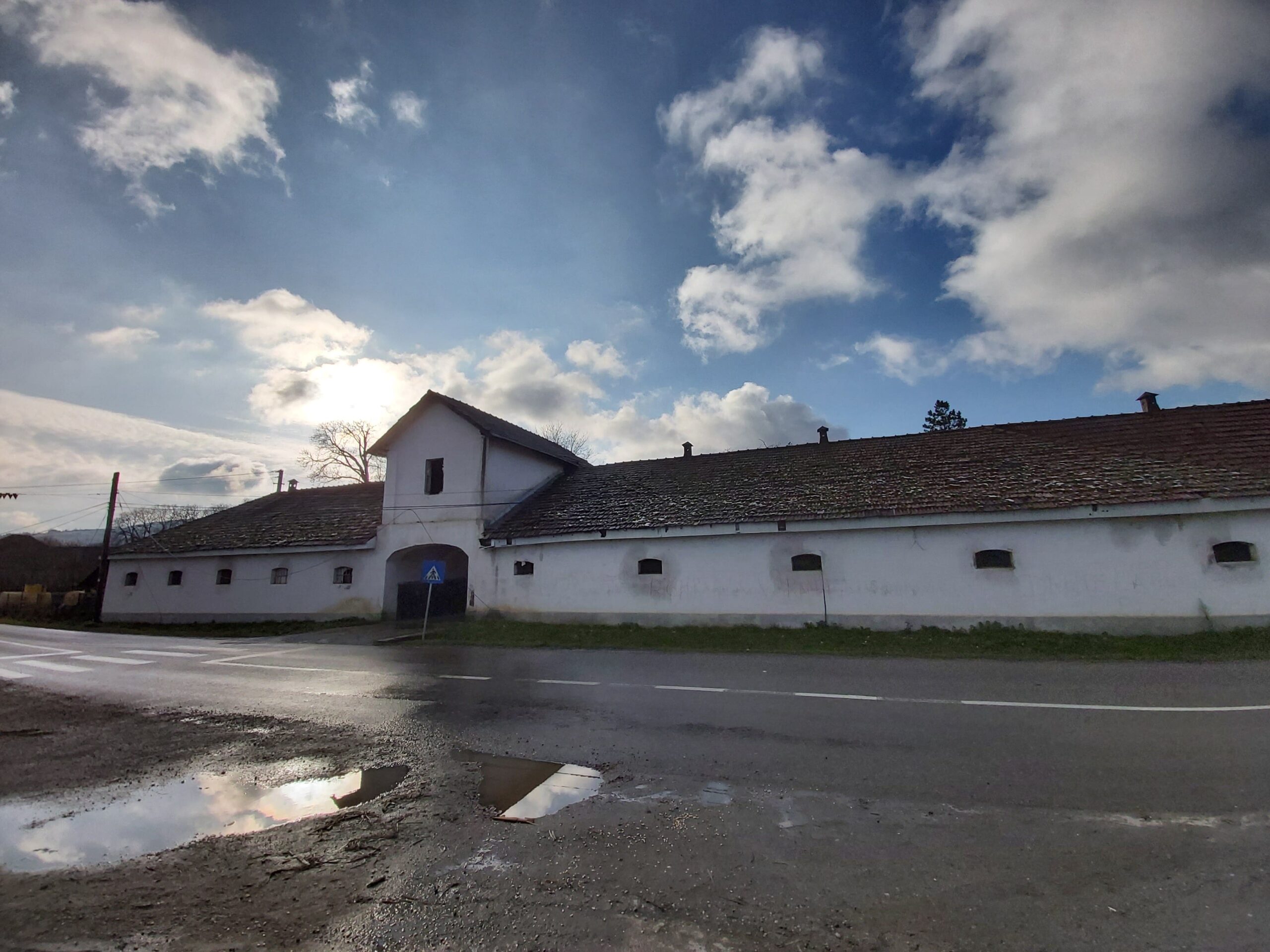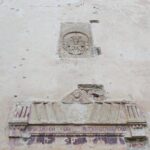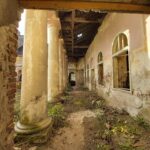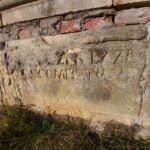Dragu (Drág) – Sălaj County
Once a quadrilateral fortress with corner towers, the Wesselényi-Bethlen Castle in Dragu, Sălaj County, is today a very telling example of what an unfulfilled promise means. Waiting for renovation, the neoclassical building is crumbling brick by brick, tile by tile, while the wall of the side wing has already recently collapsed.
The castle in Dragu has passed through the hands of several famous noble families
Located just over 40 km from Zalău and less than 70 km from Cluj-Napoca, the center of Dragu houses an architectural gem with a rich history, a legacy left by noble families of great significance in the history of Transylvania. It seems that in 1577, when Blasius Kamuthy obtained the Dragu estate through marriage, a manor had already been raised on the current site by the Dragu River. Later, between 1622 and 1628, Kamuthy’s son, Blasius II, who was then the prefect of Doboka County, built a new castle; the current southwest wing being based on the original building.
After a period spent in the possession of the Serédi family, the castle was assigned in 1723 by Charles VI, Holy Roman Emperor to the Wesselényi family. At the beginning of the 18th century, Count István Wesselényi modified the structure of the Renaissance building, transforming it into a neoclassical U-shaped castle (1810-1816), with an additional level added to the two wings. Also, the six Greek-influenced columns of the main façade provide a special elegance to the inner courtyard, as do the wrought iron fence and the Kamuthy family crest, made in 1628 and incorporated into the wall of the left wing.
Wesselényi-Bethlen Castle: from an asylum and Norwegian funds to... a stable?!
Following the marriage of Sarolta Wesselényi to Count Edmund Bethlen, imperial chamberlain to Franz Joseph, emperor of Austria and king of Hungary, the castle became the property of the Bethlen family. Like dozens of other Transylvanian noble estates, the Wesselényi-Bethlen Castle became the headquarters of the agricultural cooperative (CAP) after the communist nationalization. Later, the building was used as the headquarters of the People’s Council, a cultural center, a school, a library, a cinema, a disco, a police station, and a ballroom, but without being renovated or strengthened. Once in a deplorable state, the castle was then returned to the heirs of the Bethlen family, who in turn passed it on to the local authorities.
In 2002, the building was leased for 49 years to the Cluj-Napoca-based Pro Media Association, which, for a symbolic monthly rent of 325 euros, undertook to transform the castle into an asylum. This did not happen, and in 2011, after a successful lawsuit due to non-compliance with contractual obligations, the historical monument returned under the local administration’s custody. Without funds in their accounts, the local authorities shrugged, even though in 2018 they announced that the feasibility study for the castle’s renovation had been successfully completed and that following the submission of the documentation, Norwegian funds would „surely” be accessed for this project.
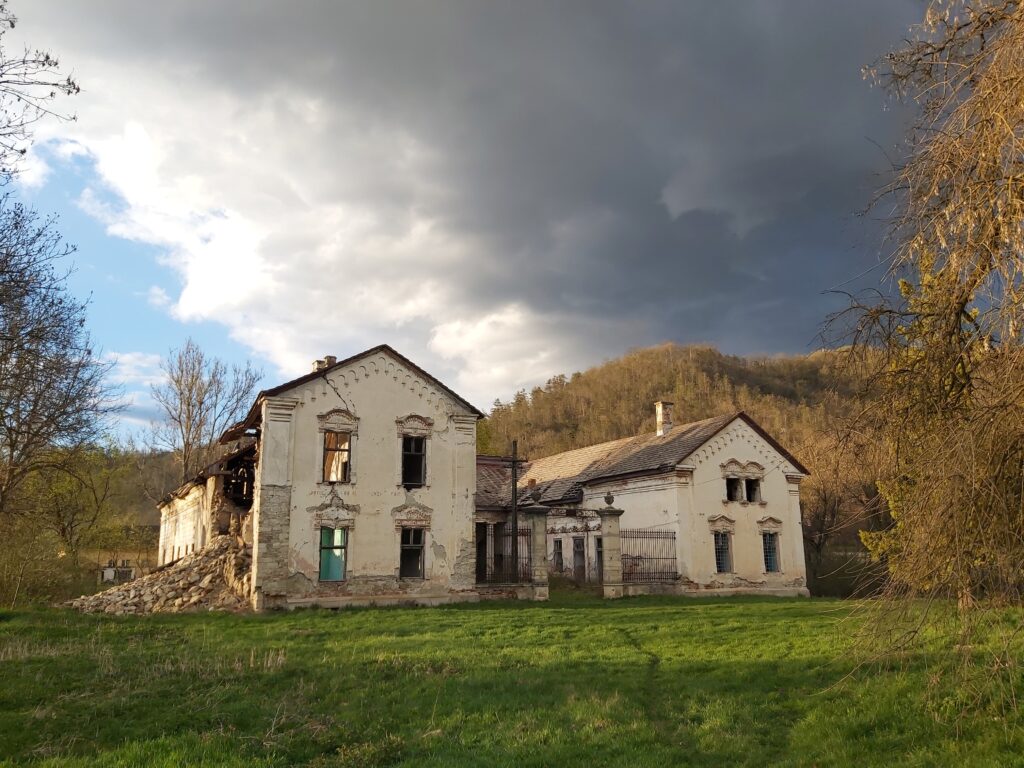
Temporarily saved by the roof installed by the Pro Media Association (which has also degraded in the meantime), the Wesselényi-Bethlen Castle has been completely devastated in recent decades, with everything that could be stolen being taken, from ceramic stoves to wooden floors. Without guards, a fence, and a certain future, the building is completely accessible to any passerby who walks through the gate of the annex next to the main road, then along the row of old chestnut trees – the only faint memory of the English-style park. So accessible that the ground floor of the castle has practically become a stable for the villagers’ animals, filling up with manure…

